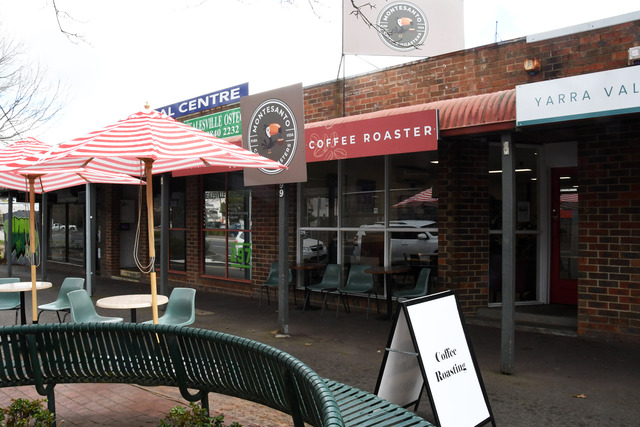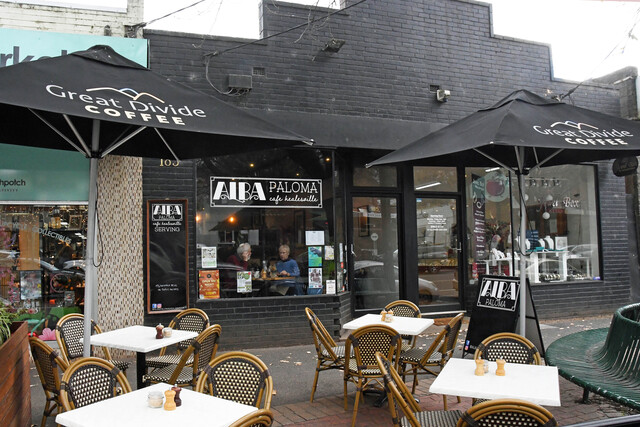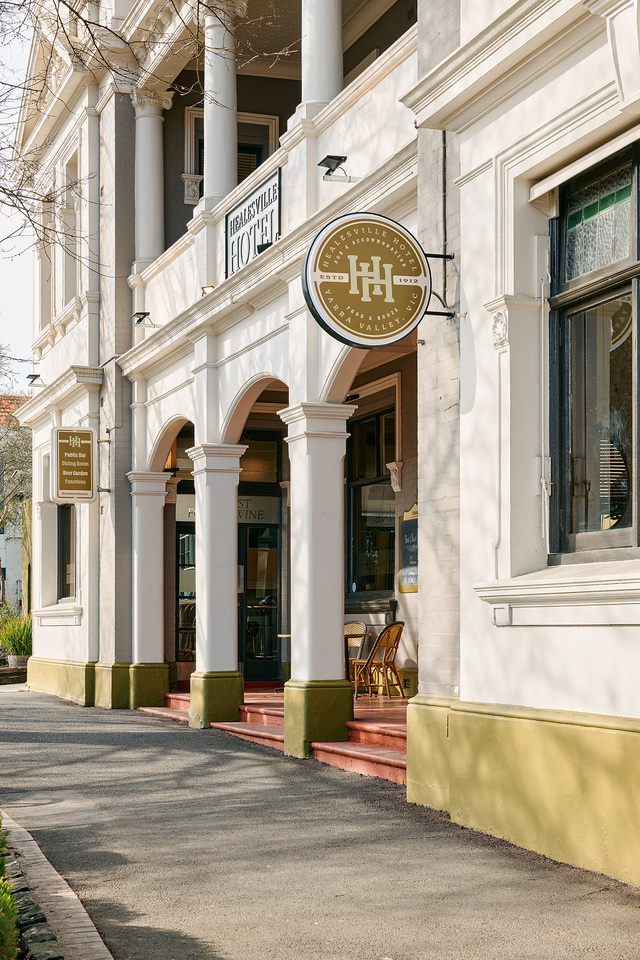By KATH GANNAWAY
NATIONAL Geographic Conservationist of the Year Jean Thomas called for a new type of dialogue between the logging industry and environmentalists at a meeting in Warburton last week.
The public meeting hosted by Warburton Environment on World Environment Day, 5 June, put forward the vision and imperatives for the creation of a Great Forest National Park (GFNP) to protect the endangered Leadbeater’s Possum, carbon stocks and water supplies and to lower the risk of bushfires.
The proposal would add 355,000 hectares of forest to the existing reserve of 170,000 hectares across Central Highlands.
Ms Thomas, a Yarra Valley resident, was one of several speakers including My Environment president Sara Rees, Dr Chris Taylor of the Melbourne Sustainable Society Institute at Melbourne University, and Andrew Cox from the National Parks Association.
“I stand here today as a conservationist, but also with respect for the logging industry,” she said.
She drew a parallel with the work she and husband, Jim Thomas, did in Papua New Guinea where she said traditional hunting had put the Tenkile, a tree kangaroo on the edge of extinction.
By providing the village populations with alternatives, and by working with them, she said people had stopped hunting the Tenkile and reversed its fate.
“We said we respect the fact that you have been doing this for hundreds of years, but you are at a crossroads,” she said of the approach they took in PNG.
“To just say you can’t do this any more, and make enemies of these people, just would not have worked.
“I think we are in that process here in the valley. We’re so used to it being a logging area, but I think we are at that crossroads and I think that is quite clear with the facts and figures given here today,” she said.
Ms Rees said awareness and support for the creation of a GFNP was growing and spoke of the environmental and financial benefits, opportunities for corporate investment and potential tourist incentives such as a zip-line at Toolangi and the mountain bike trail proposed for Warburton.
Dr Taylor explained the design of the proposed national park which he said would create a massive, connected park along the lines of the Blue Mountains in New South Wales, in comparison to the current series of disconnected reserves.
Mr Cox spoke extensively about the process for the creation of a new national park which he said was comprehensive and lengthy with extensive consultation involved.
Over two Q&A sessions members of Friends of Forestry, supporters of the GFNP concept and other interested community members put questions to the speakers on issues including fire threats, opportunities for recreational and other activities, economic opportunities through nature and adverture tourism, and creating the dialogue Ms Thomas spoke of.
On a raise of hands the more than 130 people overwhelmingly supported the GFNP, but Ms Rees urged everyone to go to the website, www.greatforestnationalpark.com.au and have a say.







